Yesterday, Finance Minister Travis Toews tabled Budget 2022 in the Alberta legislature, which, for the second time in ten years, will see the province in a balanced budget position. This is a welcomed development following years of deficits resulting from collapsed commodity prices, a weakened global economy and an unmatched public health crisis.
Toews forecasts 2022-23 will see a provincial surplus of $511 million, with the prediction of a future surplus in 2023-24 of $900 million and $700 million in 2024-25. Toews indicated these future surpluses will be invested into the Heritage Trust Fund for future use.
Much higher-than-expected bitumen royalties, which are estimated to reach $10.3 billion this fiscal year, up more than $8 billion from last February, are largely to thank for the province’s financial turnaround; as well as higher tax revenue and an increase in federal transfers.
When it comes to infrastructure investment, something BTA watches closely and advocates strongly for, the budget’s capital plan will see billions devoted to the construction and maintenance of public infrastructure, which is good for our communities, skilled workers and our economic recovery.
The capital plan includes: $5.8 billion for municipal infrastructure; $3.2 billion for capital maintenance and renewal; $2.2 billion for health facilities; $1.8 billion for roads and bridges; $.15 billion for schools; $3.8 billion for other capital plan envelops; and $1.9 billion in SUCH sectors self-financed capital spending. This could all mean more jobs for our members as projects are awarded and work begins.
With the turnaround in commodity prices, new projects and mega projects on the horizon, and an ongoing wave of retirements hitting the skilled trades hard, the looming labour shortage has folks in industry and government looking at ways to boost the province’s workforce to keep up with labour demand.
Budget 2022 includes the introduction of a new initiative called Alberta at Work, which dedicates $600 million over three years to support workforce learning. The program will also hand over $30 million for apprentice expansion programs.
Skills training and employment programs will see $64 million over three years, with $20 million in 2022-23 and $10 million in 2023-24. This includes $15 million for Women Building Futures and CAREERS: The Next Generations, two programs BTA has worked with to develop skills training and supports.
While this support is good to see, we are disappointed no funding has been allocated to Trade Winds to Success or The Educational Partnership Foundation (TEPF), two stand-up programs that help women, new Canadians, Indigenous workers and students enter the skilled trades workforce.
Budget 2022 also shows that over the next two years, the province will spend $8 million to expand upskilling through microcredentials. BTA has expressed its concerns over microcredentialing to the province numerous times, both in our lobby efforts and as members of the Jobs for Skills Task Force.
While we are supportive of further education in the skilled trades following the completion of a journeyperson ticket, microcredentials should never break up and devalue a skilled trade or replace a well-rounded full trades education. We have been assured this is not the case, but BTA will continue to advocate hard for the protection of full apprentice to journeyperson training in the construction trades.
BTA would like to share the below additional quick facts from the province on Budget 2022 for your review. While this quick overview highlights a few key areas of interest to BTA and its affiliates, we strongly encourage members to review Budget 2022 in its entirety, here.
Revenue
• In 2022-23, total revenue is estimated to be $62.6 billion, which is $0.9 billion higher than the forecast for 2021-22. Commodity prices and investment income are expected to moderate in 2022-23 after significant growth in 2021-22.
o Revenue is expected to grow again in the following years. The revenue forecast for 2023- 24 is $63.1 billion and $63.9 billion in 2024-25.
o In 2022-23, corporate income tax revenue is increasing almost 21 per cent, to $4 billion.
Expense
• Total expense in 2022-23 is $62.1 billion, which is $2.8 billion less than the forecast for 2021-22. Total expense is $62.2 billion in 2023-24 and $63.2 billion in 2024-25.
Surplus
• A surplus of $500 million is targeted for 2022-23 compared with the forecasted deficit of $3.2 billion for 2021-22.
o Surpluses of $900 million and $700 million are targeted for 2023-24 and 2024-25, respectively.
Economic outlook
• In 2021, real gross domestic product (GDP) rose by an estimated 5.8 per cent, which is higher than the budget forecast of 4.8 per cent.
• In 2022, real GDP is expected to grow by 5.4 per cent, up from the 5.1 per cent growth forecast at mid-year.
o Alberta’s economy, as measured by real GDP, is expected to fully recover to 2014 levels this year.
Energy and economic assumptions, 2022-23
• West Texas Intermediate oil (USD/bbl) – $70.00
• Western Canadian Select @ Hardisty (CND/bbl) – $70.30
• Light-heavy differential (USD/bbl) – $14.30
• Natural gas (CND/GJ) – $3.20
• Convention crude production (000s barrels/day) – 441
• Raw bitumen production (000s barrels/day) – 3,296
• Canadian dollar exchange rate (USD/CDN) – $0.79
• Interest rate (10-year Canada bonds, per cent) – 1.80
